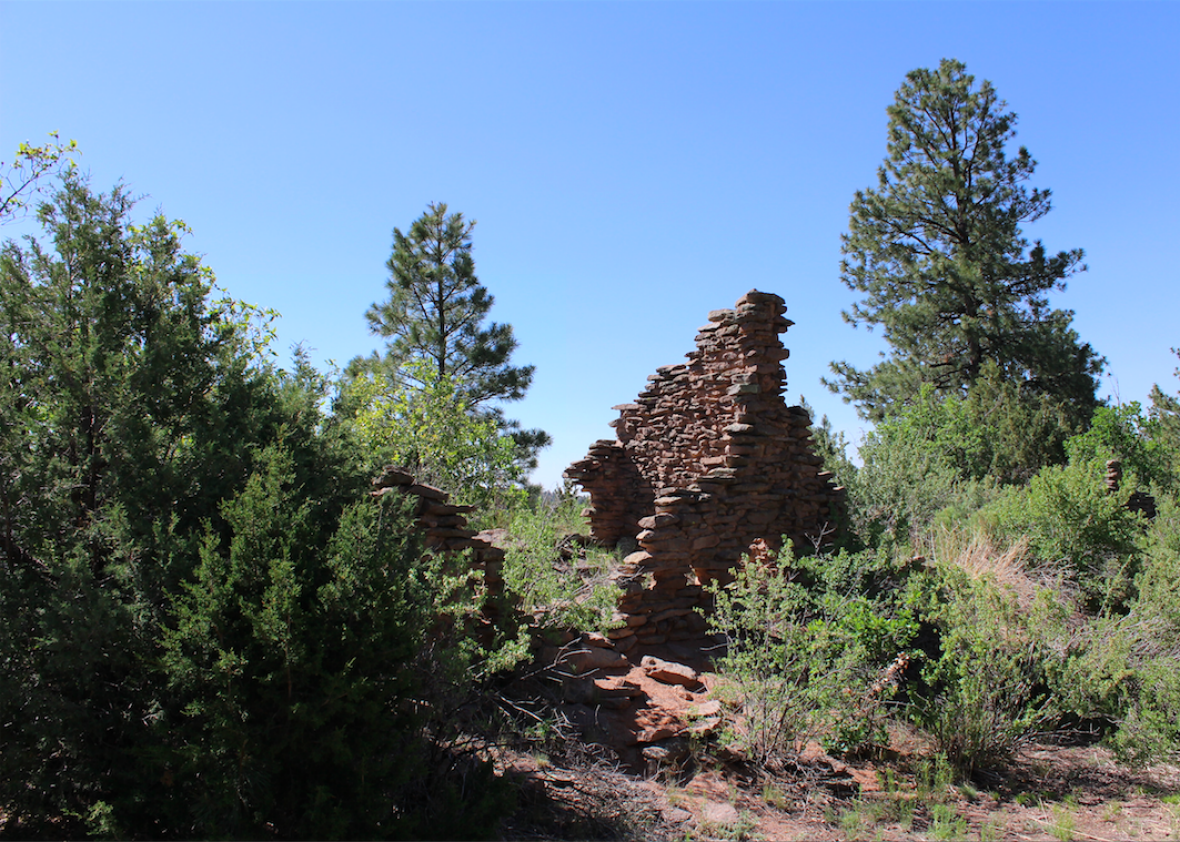With evidence mounting that humanity has become a true force of nature “as Earth-changing as a meteorite strike,” it’s natural to wonder just exactly when our collective influence over our home planet’s environment became so dominant. That question has sparked a roaring debate among scientists that’s led to an effort to formally declare a new geological epoch tentatively called the “Anthropocene”—the Age of Man. Before that happens, though, scholars need to agree on a start date.
The impressively named Subcommission on Quaternary Stratigraphy of the International Union of Geological Sciences is a group that’s expected to decide later this year on whether the Anthropocene exists and when exactly it began. In anticipation, the Smithsonian’s Museum of Natural History in Washington, D.C., has prepared a new exhibit designed to highlight Earth’s new reality, placing human activity alongside triceratops fossils in a showcase of the planet’s 4.5-billion-year history.
Right now they’re leaning toward sometime around the year 1800—the beginning of the Industrial Revolution in Europe—but to declare a new geological epoch, scientists must find a “sufficiently large, clear and distinctive” transitional layer in rocks and sediments themselves. That’s tricky with the relatively slow growth of pollution that resulted from the Industrial Revolution: It took decades for the changes in atmospheric chemistry to be reflected in rock samples worldwide after coal burning began to take off. For this and other reasons, some argue that it’s hubris to suggest that humanity’s influence on the Earth will linger on for geologic timescales—that we’re more likely to be a blip in history, especially considering how hell-bent we seem to be toward self-destructive behavior.
On the other hand, others argue that we’ve already been shaping the planet on a vast scale for much longer. Last year, a controversial study identified a surprisingly early date—1610—as a possible start for the Anthropocene for a truly haunting reason: That’s roughly when depopulation of Native Americans began reached its peak after initial prolonged contact with European missionaries. Depending on how many people were already here before the Europeans arrived with their guns, germs, and steel, as many as 50 to 90 percent of Native Americans perished over a span of little more than 100 years—that’s tens of millions of people.
That paper, and others, assert that this happened so suddenly that a continent’s worth of forests regrew, shifting weather patterns and reducing global carbon dioxide levels to the point of possibly triggering the “Little Ice Age”—a period of cooler temperatures concentrated in Europe that began around 1550 and lasted for about 300 years, though other dates are also used to define it—not long after Europeans first arrived in 1492. The resulting decline in carbon dioxide from the regrowth of America’s forests was detectable as far away as ice cores in Antarctica.
While causes and extent of the Little Ice Age itself are also controversial—solar and volcanic activity also likely played a role—a new study published in January in the Proceedings of the National Academy of Sciences provides clearer evidence from a team of archaeologists and climatologists that an earlier start to the Anthropocene might be the correct choice.
“The loss of life is staggering,” said anthropologist and lead author Matthew Liebmann of Harvard University in a statement. “Imagine that in a room with 10 people, only one person was left at the end of the day,” Liebmann said. “This had devastating effects on the social and economic lives of the survivors. Our research suggests that the effects were felt in the ecology of the forests too.”
The new study is the first to make the connection so strongly. Christopher Roos, an anthropologist at Southern Methodist University and one of study’s co-authors, said, “until now the evidence [of the link between the Native American depopulation and forest regrowth] has been fairly ambiguous.”
The scientists used airborne LIDAR measurements, as well as tree-ring histories near Pueblo archaeological sites in northwestern New Mexico, to “quantify population losses, establish dates of depopulation events, and determine the extent and timing of forest regrowth and fire regimes between 1492 and 1900,” contributing to the understanding of the wide-ranging impact of European influence in the Americas and its affect on the global climate. The authors note that while the evidence they found in New Mexico is strong, “the timing and severity of depopulation events varied across the continent” and their work should be repeated in other regions to form a more comprehensive picture.
Veteran New York Times climate reporter Andrew Revkin, who sits on the committee that will decide the Anthropocene’s start date, said in an email that even with this new evidence, there’s still “significant uncertainty” regarding the causes of the Little Ice Age. Columbia University climatologist Ben Cook, whose work focuses on the link between human activity and environmental change, agrees. “Certainly, I think there is good evidence for a large-scale depopulation and reforestation of the New World following the Columbian invasion, and that this was the proximate cause of the atmospheric CO2 decline around the year 1600,” he wrote in an email. “That said, did this CO2 decline ‘cause’ the Little Ice Age? I’m very doubtful.”
Asking whether a catastrophic plague of smallpox in the American Southwest more than 400 years ago was the single event that kick-started humanity’s unintentional global climate experiment is probably the wrong question, just like asking whether or not a specific hurricane that hits Miami is caused by climate change. Here’s a better way of thinking about it: Do human activities make such events significantly more or less likely? If more, then there exists a measureable influence—and humanity has become a force of nature. As climate scientist Kevin Trenberth has explained, “all weather events are affected by climate change because the environment in which they occur is [different] than it used to be.” Using that broader reasoning, it seems like the moment when Europeans began to dominate the Americas would certainly qualify.
